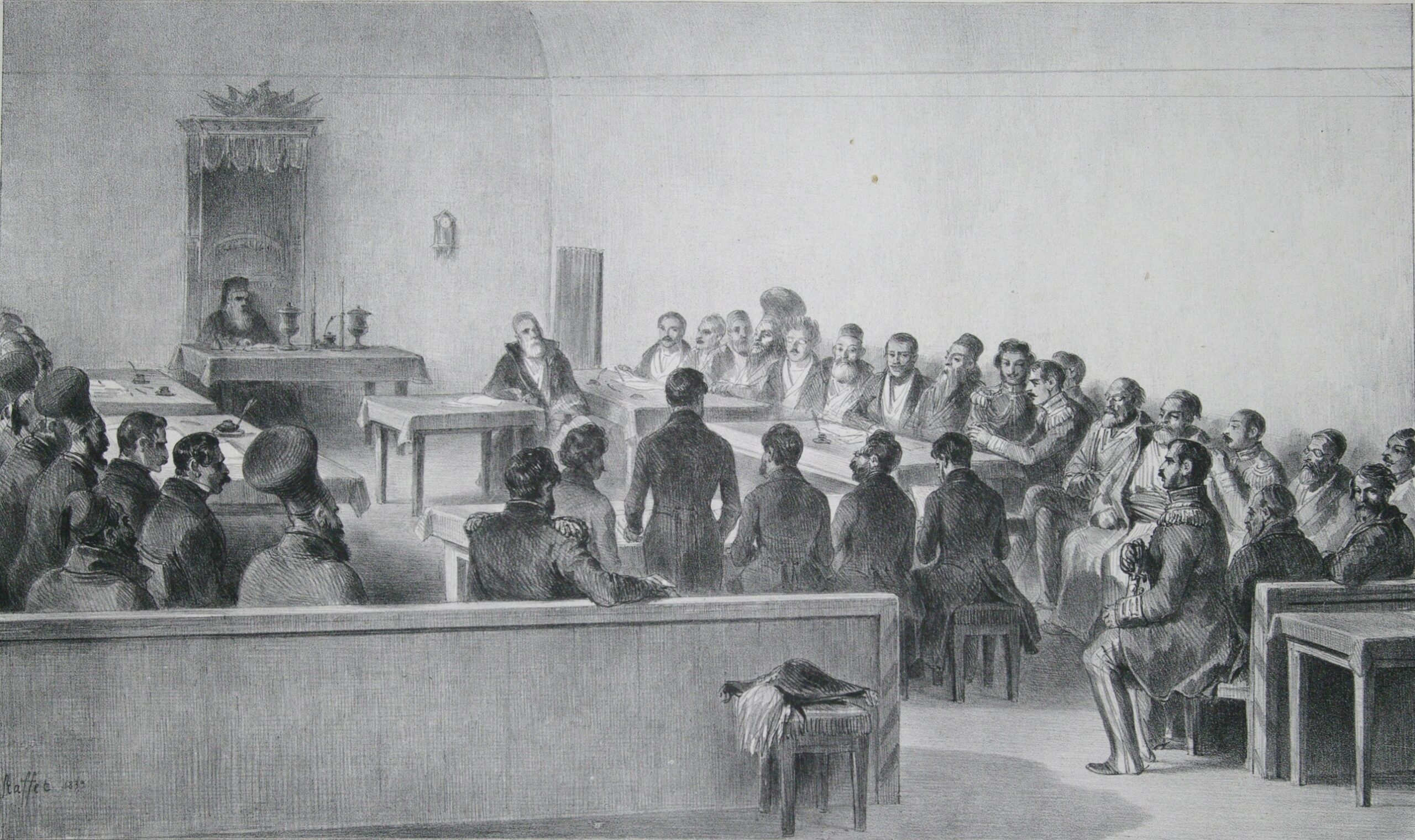Politics, “Publicity”, and the Denunciation of “Corruption” in the Principalities of Wallachia and Moldavia (1834–1848)

Event: TransCorr Seminar
Location: NEC conference hall & Zoom
16 January 2025, 16.00-18.00 (Bucharest time)
Constantin ARDELEANU, Researcher within the framework of the ERC project Transnational histories of ‘corruption’ in Central-South-East Europe (1750-1850); Senior Researcher, Institute for South-East European Studies, Bucharest
Join Zoom Meeting
https://us02web.zoom.us/j/82303738740?pwd=nO6YqOpTlHEbGbdsOqlU5ERMMbMK4P.1
Meeting ID: 823 0373 8740
Passcode: 470798
*
The appointment of new princes (“hospodars”) in 1834 to govern the two principalities of Wallachia and Moldavia, in accordance with the “Organic Regulations”, was followed by a period of intense political infighting. Alexandru Dimitrie Ghica in Wallachia and Mihail Sturdza in Moldavia encountered considerable resistance from groups of disaffected boyars. The disagreements were especially pronounced within the Wallachian Assembly, where prince Ghica and the boyars exchanged a multitude of accusations. Facing pressure from various political factions and, more significantly, the loss of imperial Russia’s trust, Ghica was ultimately dismissed in 1842. The boyars elected a new prince, Gheorghe Bibescu, a prominent rival of Ghica’s.
In order to ensure the “good governance” of their respective countries, both Sturdza in Moldavia and Bibescu in Wallachia implemented more authoritarian measures against their political opponents. The censorship of the press was one method utilized to purge the public sphere of potentially disruptive political ideologies or provocations espoused by the opposition.
However, the opposition was not effectively silenced. In newspapers articles or printed brochures smuggled into the principalities, the princes were depicted as utterly “corrupt” leaders who exploited their public office for personal gain and the benefit of their close associates. The princes were denounced as guilty of embezzlement, extortion, nepotism, and conflict of interest. In response, the princes instructed their associates to disseminate articles and brochures defending their work and levelling accusations of “corruption” against their primary rivals.
Based on diplomatic reports, the private correspondence of several of the main actors and an analysis of the printed brochures and daily press, I will try to understand how “corruption” was defined and redefined in South-East-Central Europe and how such definitions were used for asserting or contesting political legitimacies.
*
This event is organized within the ERC project Transnational histories of ‘corruption’ in Central-South-East Europe (1750-1850), hosted by New Europe College.